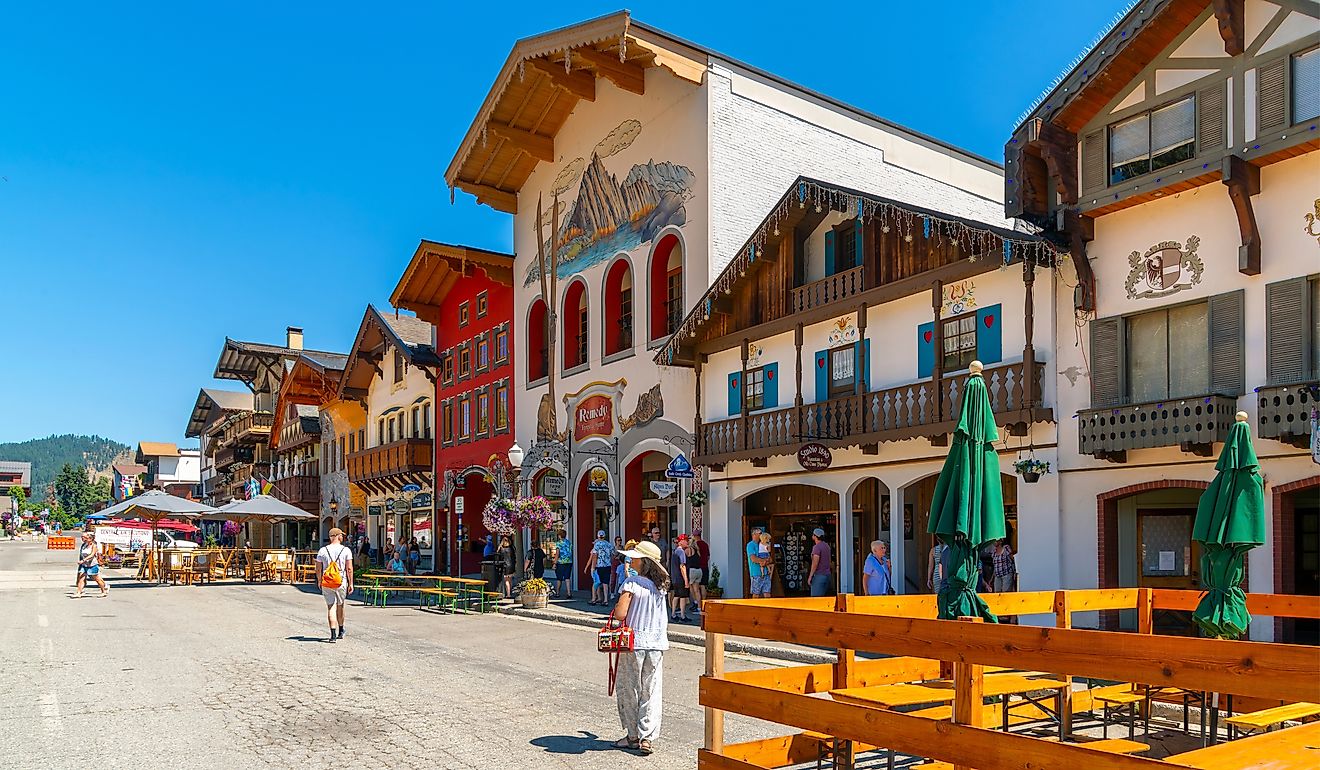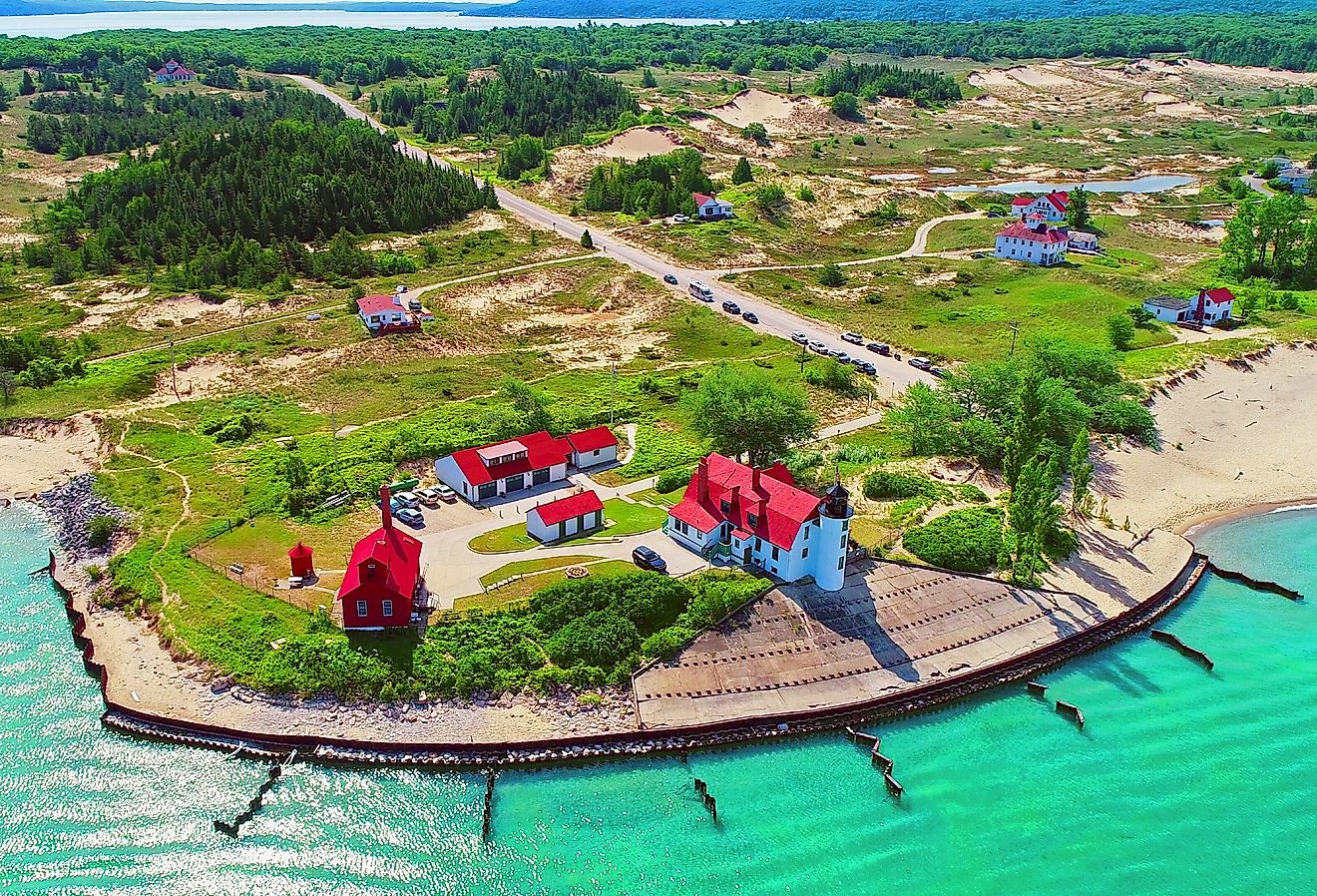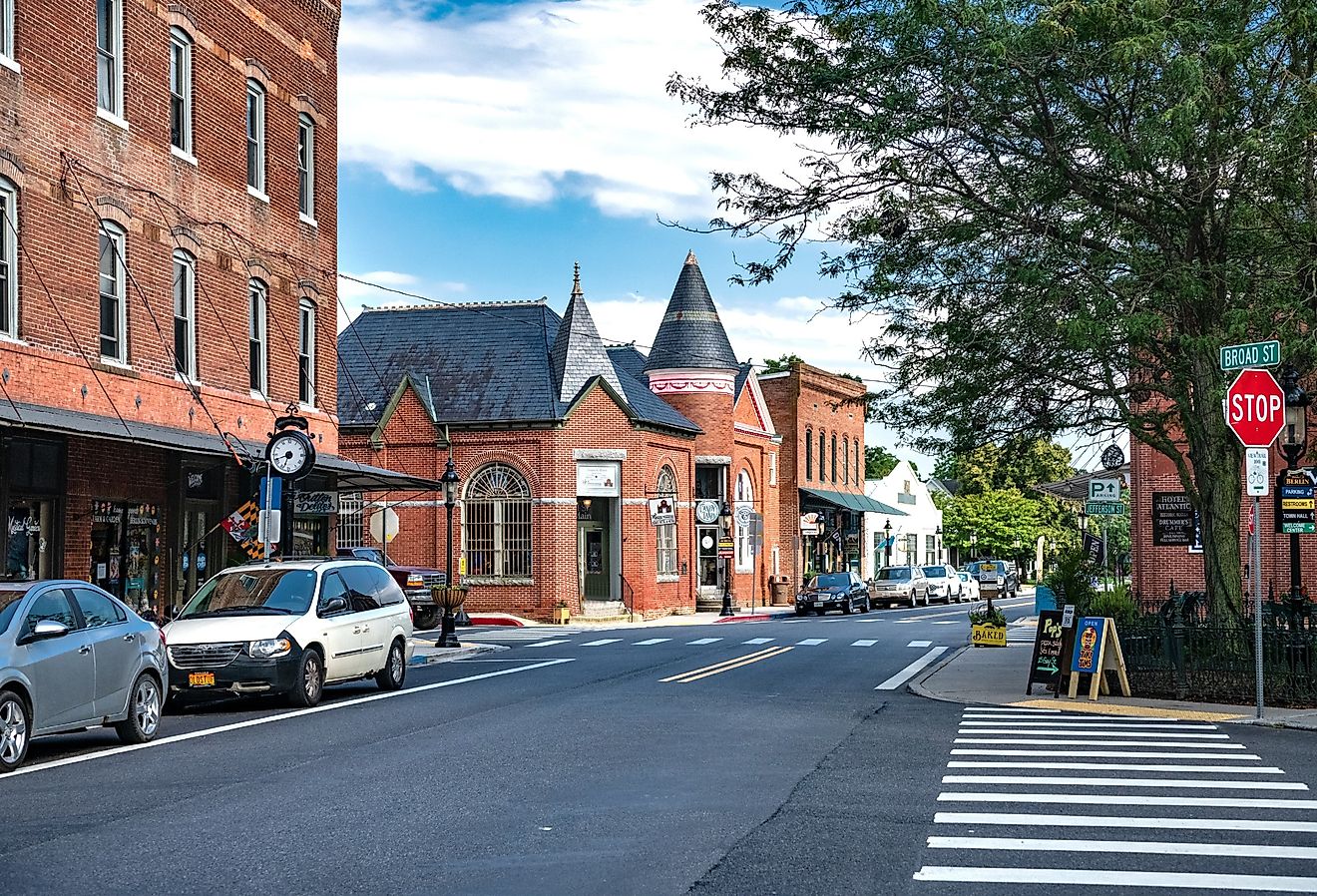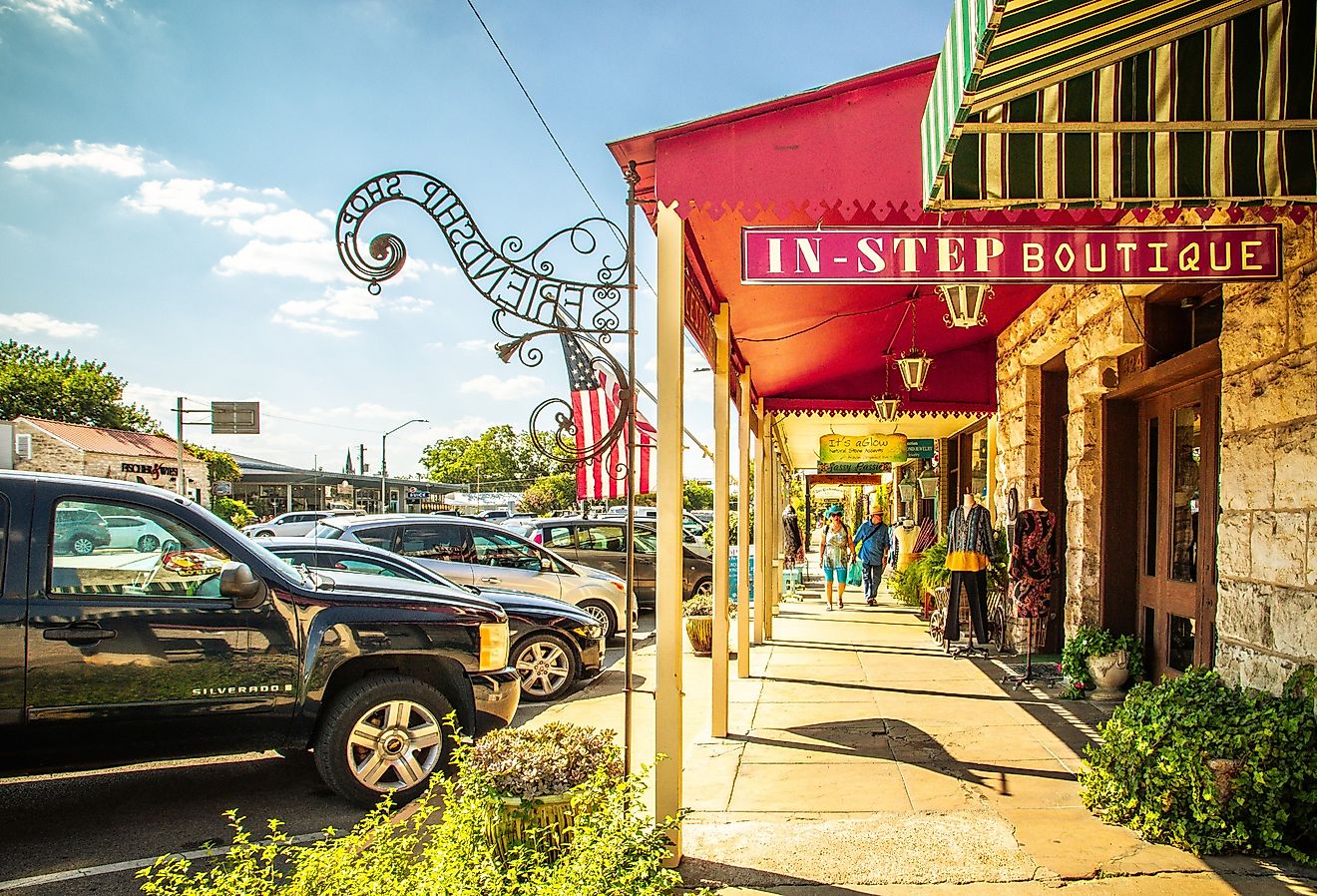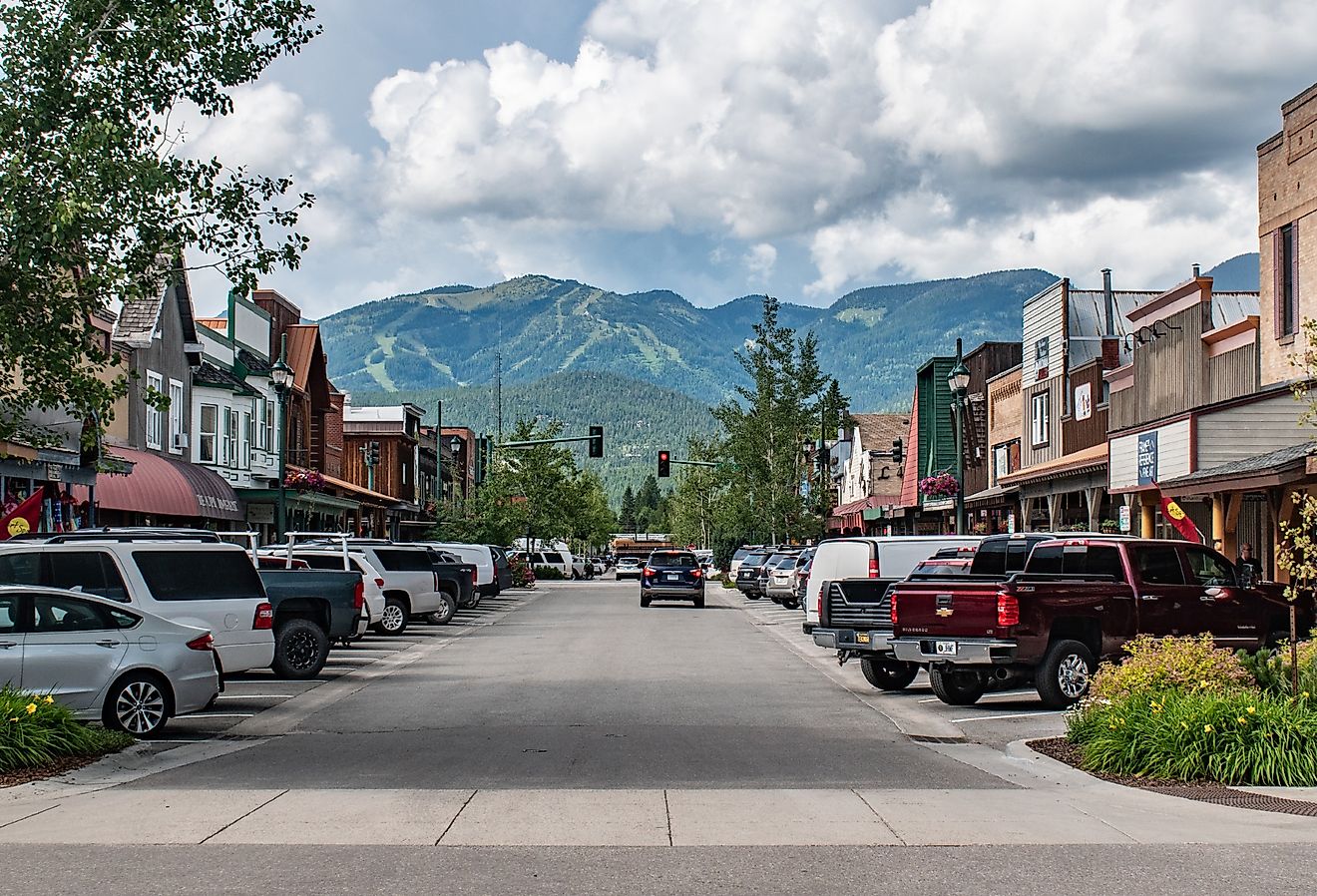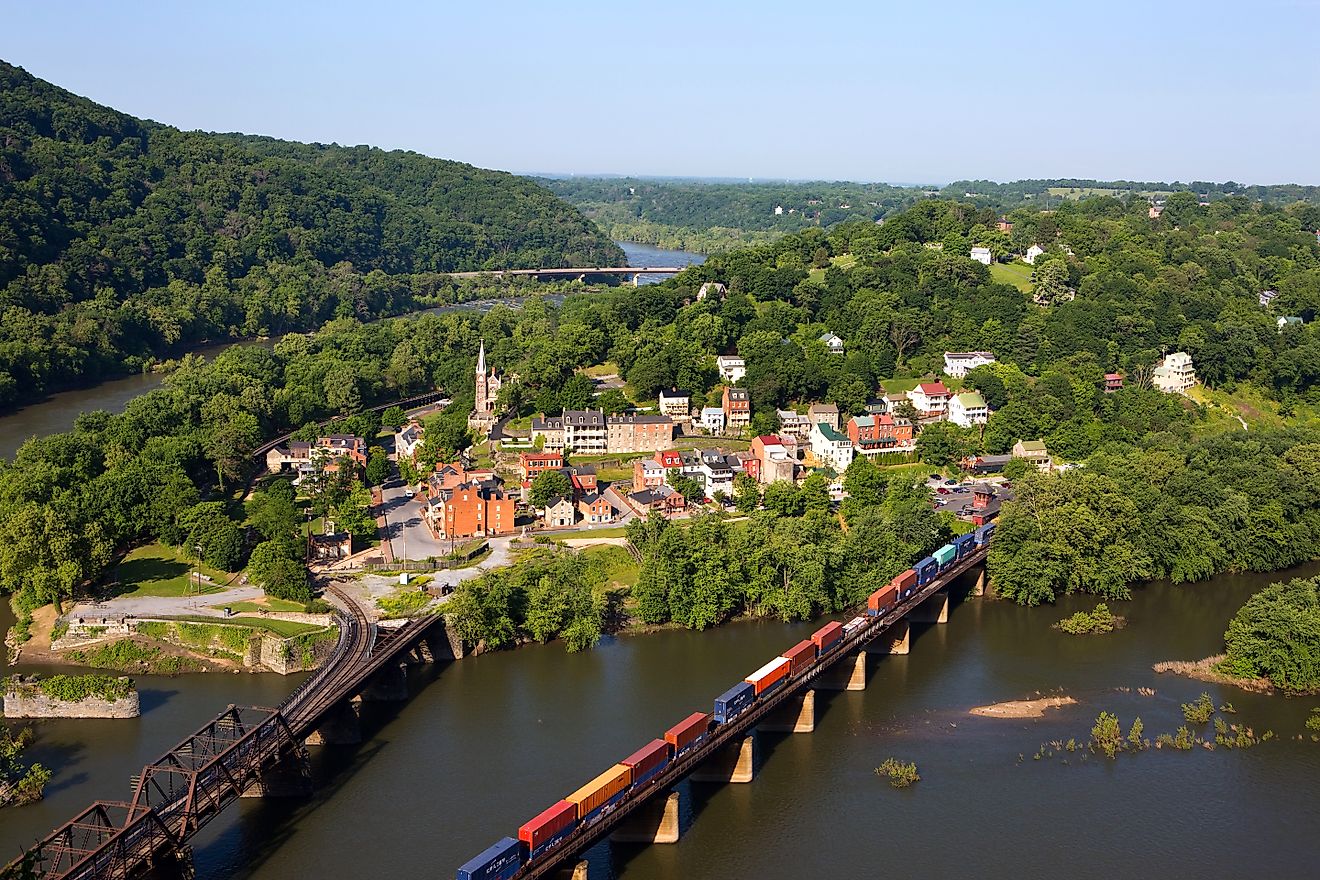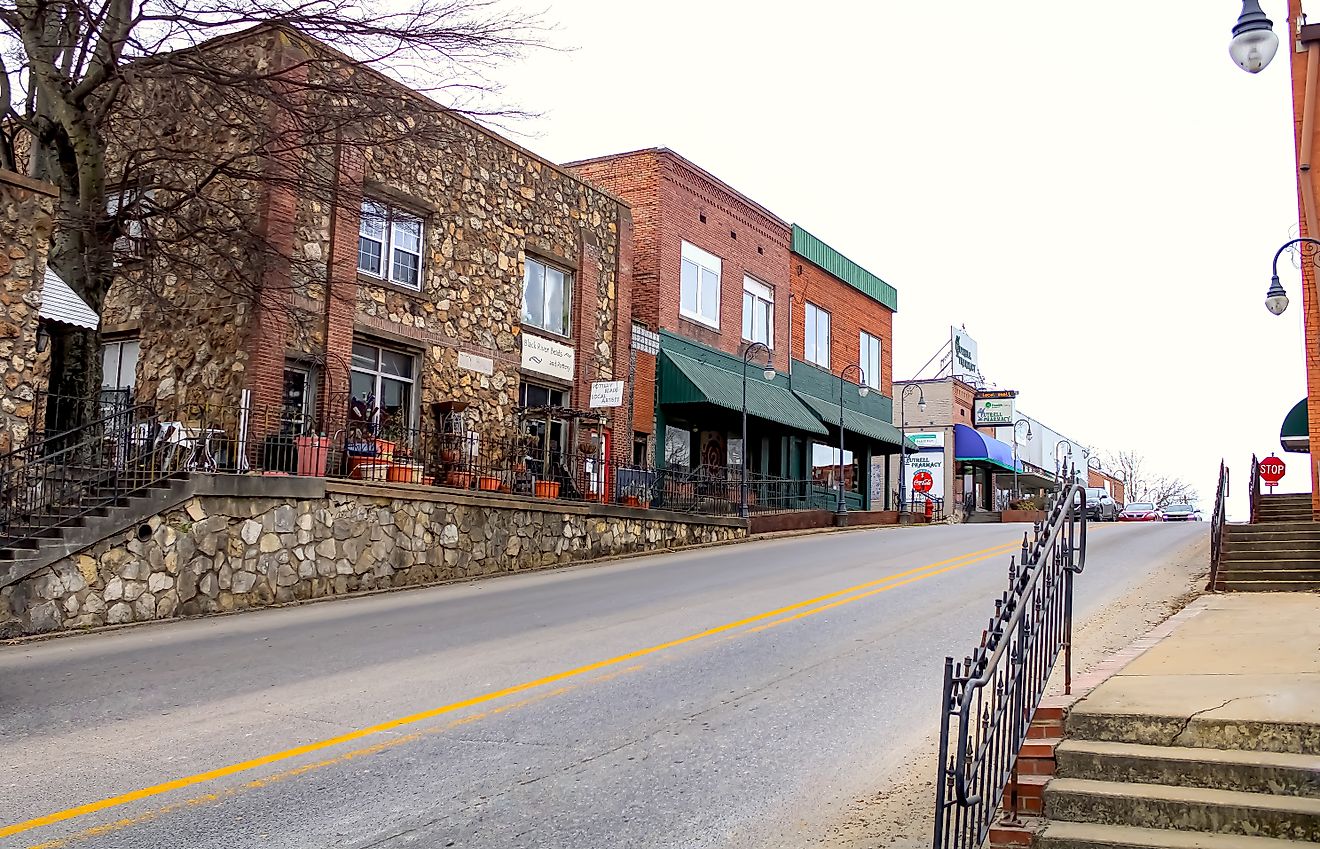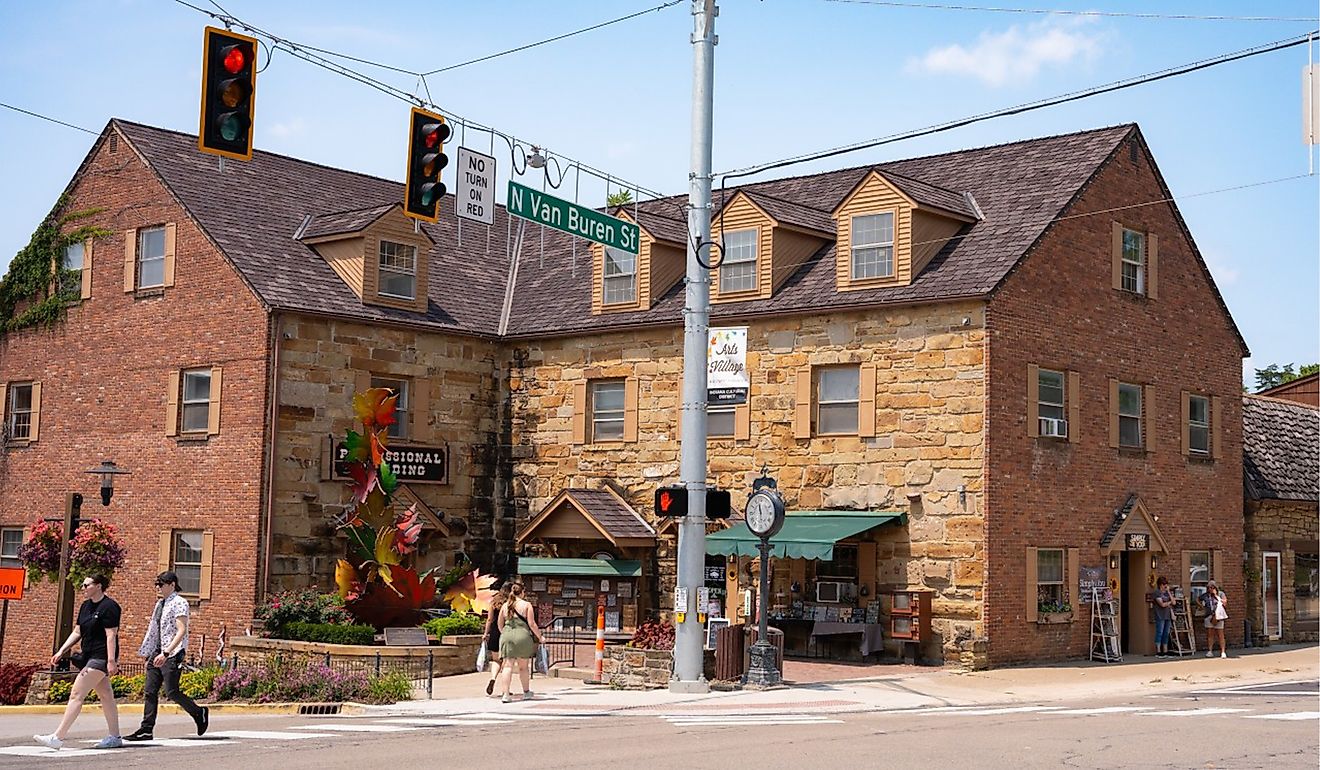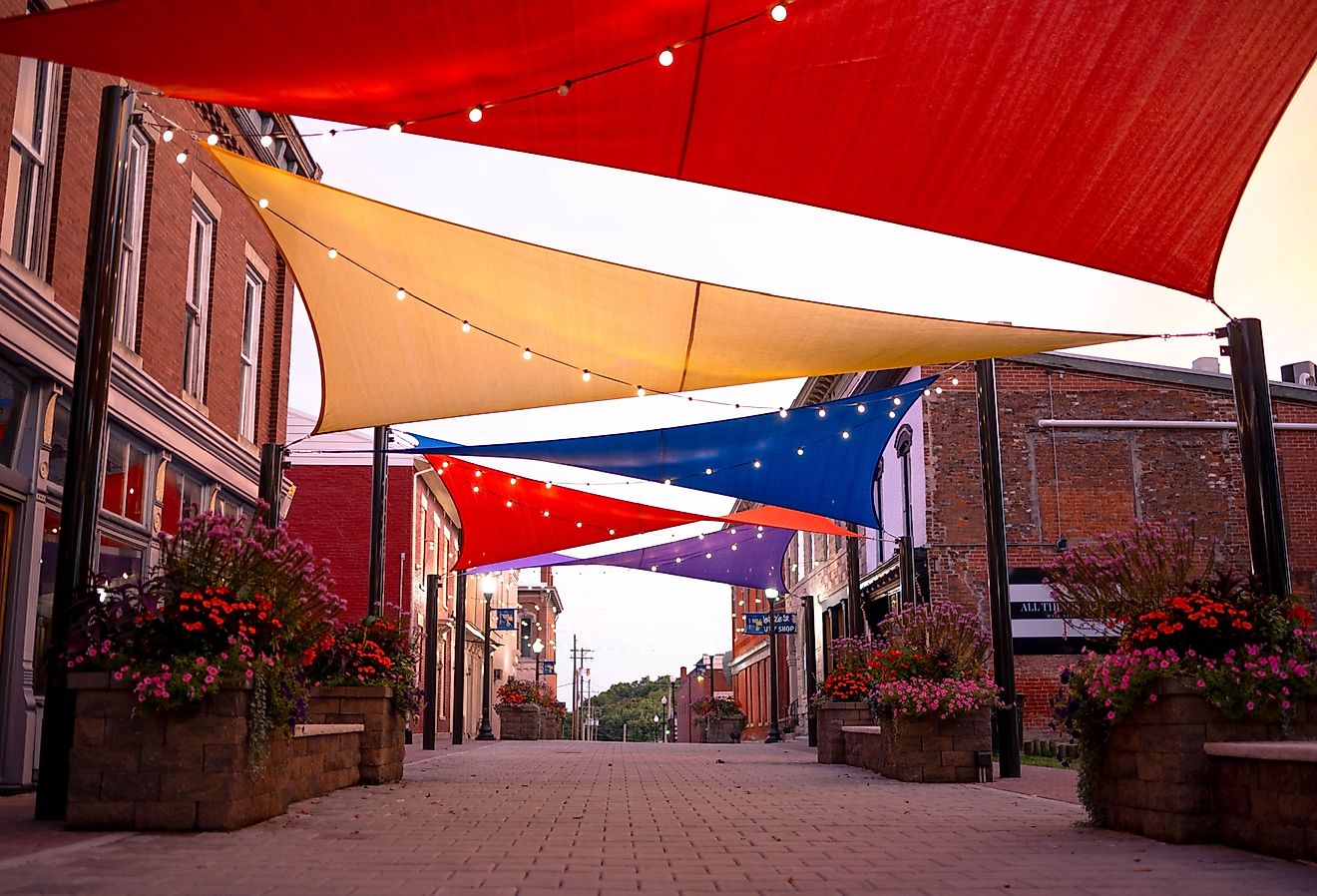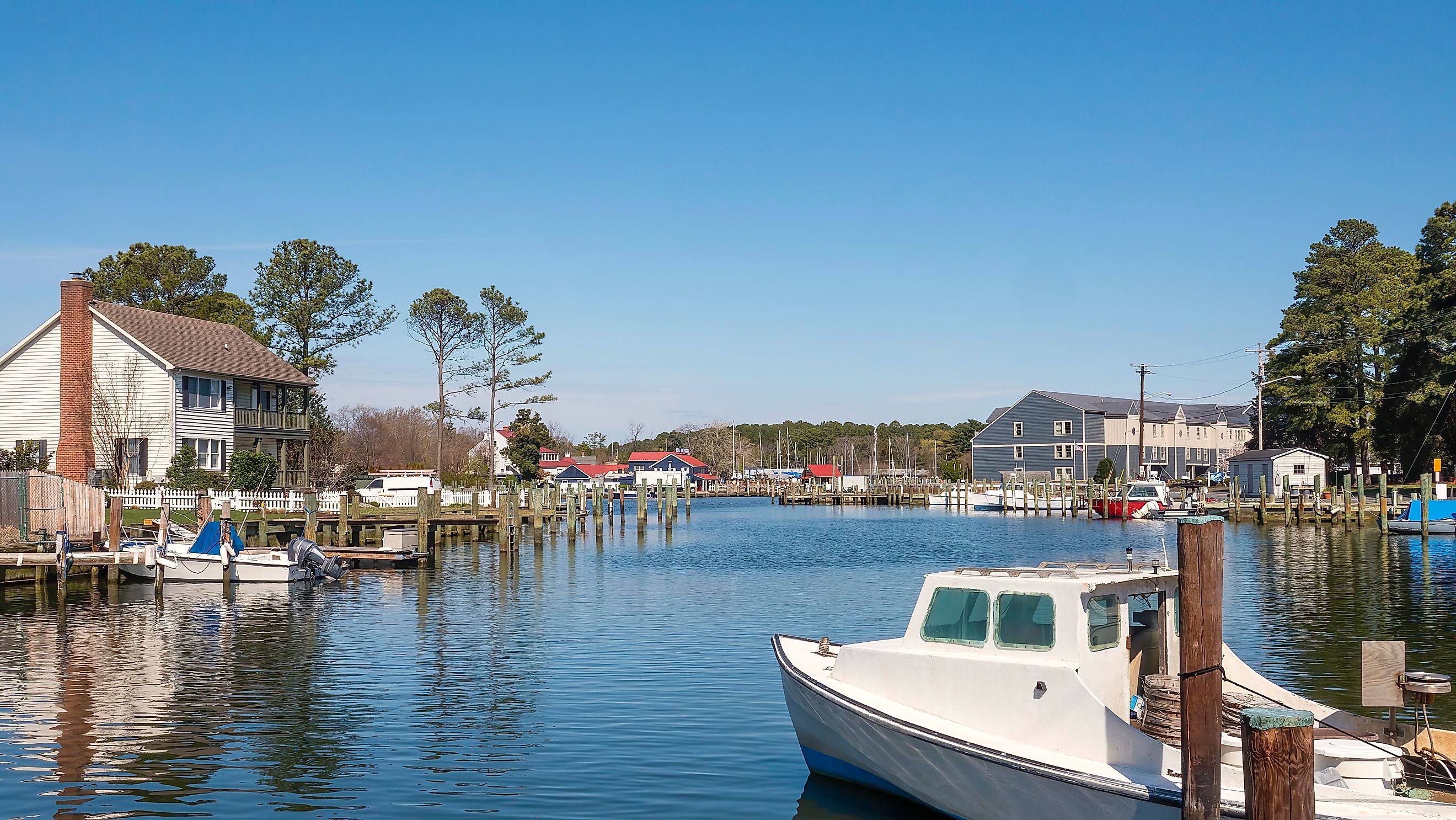
6 Towns On The Chesapeake Bay That Transport You To The Past
The Chesapeake Bay region of the East Coast is a treasure trove of history with towns that offer glimpses into early American life, fascinating colonial history, as well as the country’s early maritime heritage. These towns not only reveal the impact of the “Bay” on commerce, culture, and community in Maryland and Virginia, but their historic architecture and preserved waterfronts also reflect the past’s stronghold on these communities, drawing travelers who appreciate their very tangible connections to days gone by.
Each of these charming towns features noteworthy sites and events that keep the past alive, from maritime museums showcasing artifacts and vessels to historic homes that tell the stories of early inhabitants. In fact, these six towns on the Chesapeake Bay not only provide wonderful sightseeing opportunities, but they also transport you to the past as you learn about the people and places that shaped this beautiful corner of America’s Mid-Atlantic region.
Chestertown, Maryland
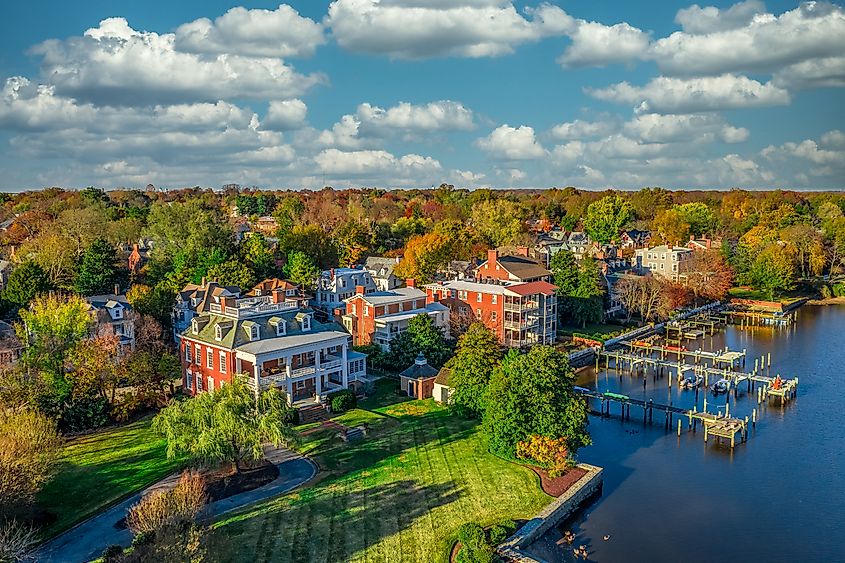
Founded in 1706, Chestertown was designated as one of Maryland’s primary ports of entry in colonial times. As a result, it became a bustling trading hub, drawing merchants, traders, and craftsmen from across the colonies and Europe. The town’s historic waterfront on the Chester River recalls this maritime past with sites such as the 18th-century Customs House, built in 1746, serving as a testament to its trading legacy. Widehall, an elegant brick mansion from 1769, offers guided tours that reveal stories of colonial life and period furnishings and architecture representative of this fascinating era.
Today, Chestertown continues to celebrate its history through annual events like the Chestertown Tea Party Festival, a reenactment held each May to commemorate a 1774 protest against British rule. You can also get a taste of the past in Chestertown Historic District, a modest collection of well-preserved buildings from the 18th and early 19th centuries. Of special interest here is the Historic Courthouse of Kent County, built in 1720.
St. Michaels, Maryland
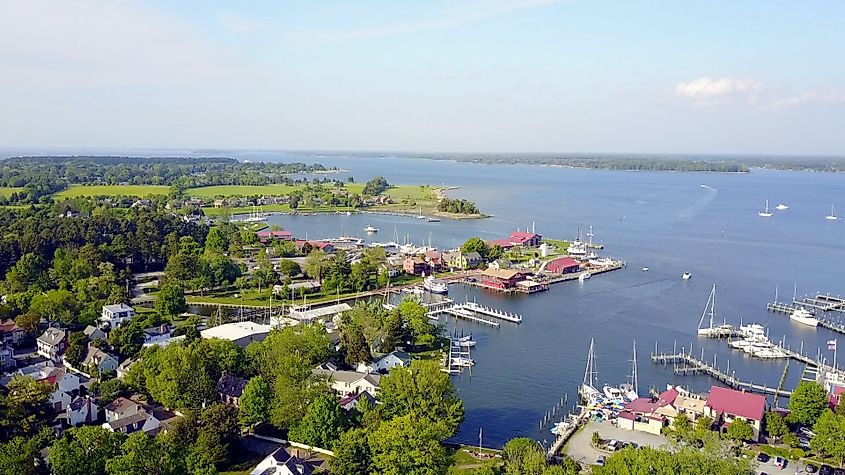
St. Michaels, founded in the mid-1600s, has long held a significant place in Maryland’s history, especially for its role in shipbuilding during the Revolutionary War. Known as “The Town That Fooled the British,” it successfully evaded British attacks in 1813 by dimming its lights and raising lanterns high on masts, tricking enemy ships into firing over the town. This unique defense is celebrated at the Chesapeake Bay Maritime Museum which highlights the town’s contributions to the war effort as well as early American defense strategies.
Historic structures such as the Hooper Strait Lighthouse, relocated to the Chesapeake Bay Maritime Museum, and Christ Church, built in 1677, also add layers to the town’s rich history. The museum itself houses exhibits on the Chesapeake’s maritime heritage, including a collection of historic boats, making it a must-visit for those interested in naval history. Alongside these historical sites, the scenic Miles River runs by the town, offering an idyllic backdrop.
Oxford, Maryland
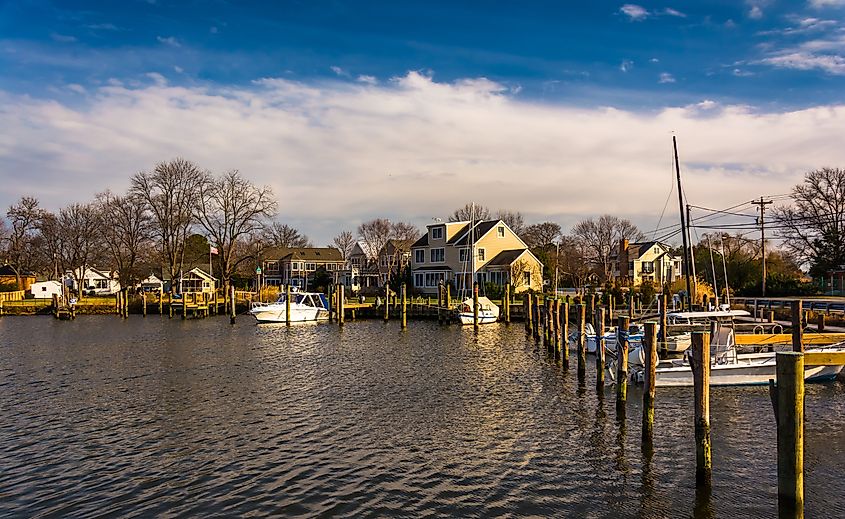
Established in 1683 and named after the famed university town in England, Oxford served as one of Maryland’s original port towns. Its early prominence was marked by its ferry service connecting the Eastern and Western Shores of Maryland via the Oxford-Bellevue Ferry. Operational since 1683 and still going strong today, it deservedly claims the title of the oldest privately operated ferry in the United States.
Along with its port status, Oxford’s history is also marked by trade and shipbuilding, especially during the colonial period when it was one of Maryland’s busiest towns. Today, the Oxford Historic District preserves numerous buildings from the 18th and 19th centuries, with notable examples including the Robert Morris Inn, dating back to 1710, and the old Customs House, circa 1770. What is the best time to visit? October works for many, especially leaf peepers who are drawn to walk the waterfront trails along the Tred Avon River.
Urbanna, Virginia
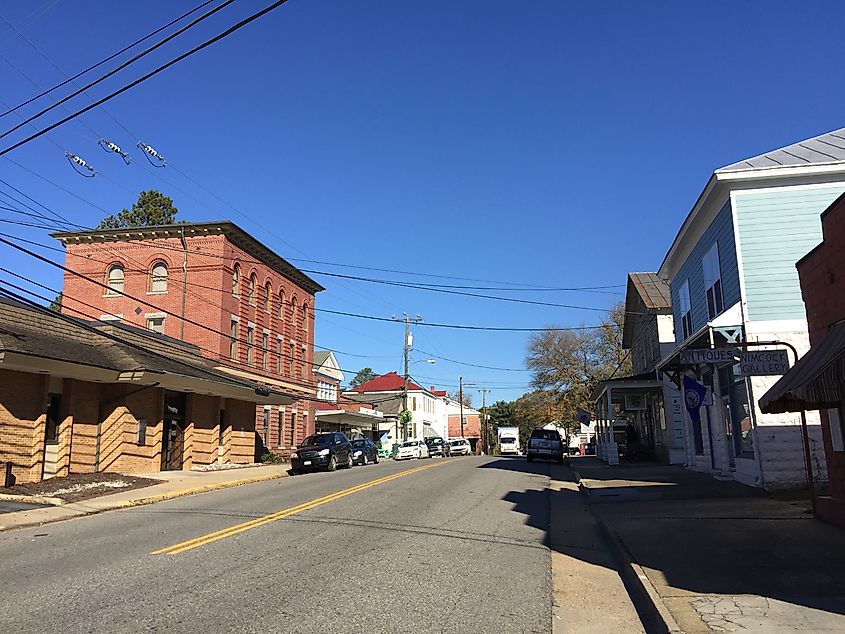
Founded way back in 1680, Urbanna quickly became a center for tobacco exportation thanks to its strategic location along the Rappahannock River. Its early prosperity is easy to spot in historic structures like the James Mills Storehouse (aka, the Old Tobacco Warehouse), built in 1766 and now operating as a museum chronicling the region’s tobacco trade and colonial lifestyle. The town’s old courthouse, the Middlesex County Courthouse, was constructed in 1748 and is one of Virginia’s oldest.
If you’re ok with cooler weather, pay a visit during the Urbanna Oyster Festival. Held each November to celebrate the town’s maritime heritage and its eventual shift from tobacco to oyster harvesting, this fun event draws thousands for its food and drink tastings, as well as historic tours.
Havre de Grace, Maryland
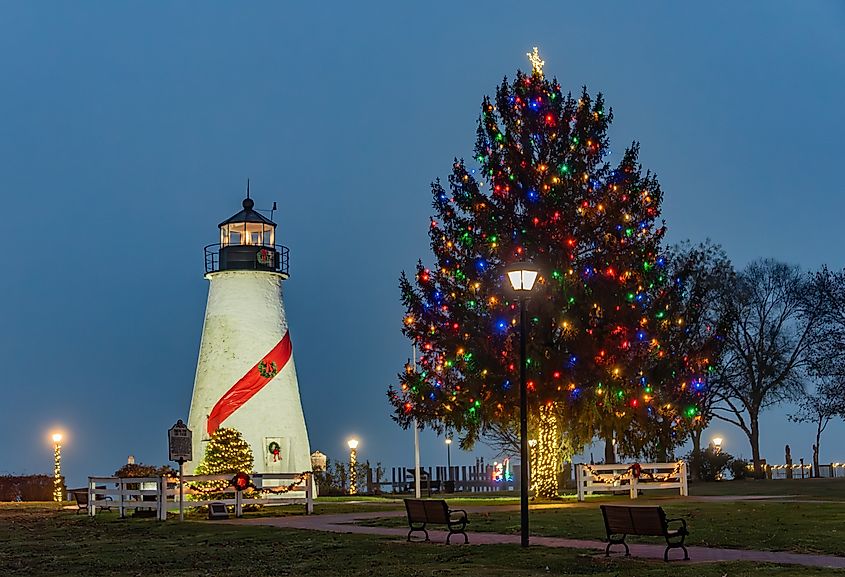
The lovely town of Havre de Grace occupies a notable place in American history. Established in 1785 and a target of British attacks during the War of 1812, the town contains many significant historic landmarks worth visiting, including the Concord Point Lighthouse, built in 1827 and for decades a lifeline for passing shipping. For those wanting to dig a little deeper into the town’s past, the Havre de Grace Maritime Museum provides fascinating insights into the town’s evolution from a fishing and oystering hub to a modern-day attraction while preserving artifacts and displays from its earlier days.
One of Havre de Grace’s most popular historically themed events is the annual War of 1812 Reenactment, held at the nearby Susquehanna Museum’s Lock House, where actors recreate the defense of the town. Historic homes like the Elizabeth Rodgers House, constructed in 1787, occasionally open their doors for tours.
North Beach, Maryland
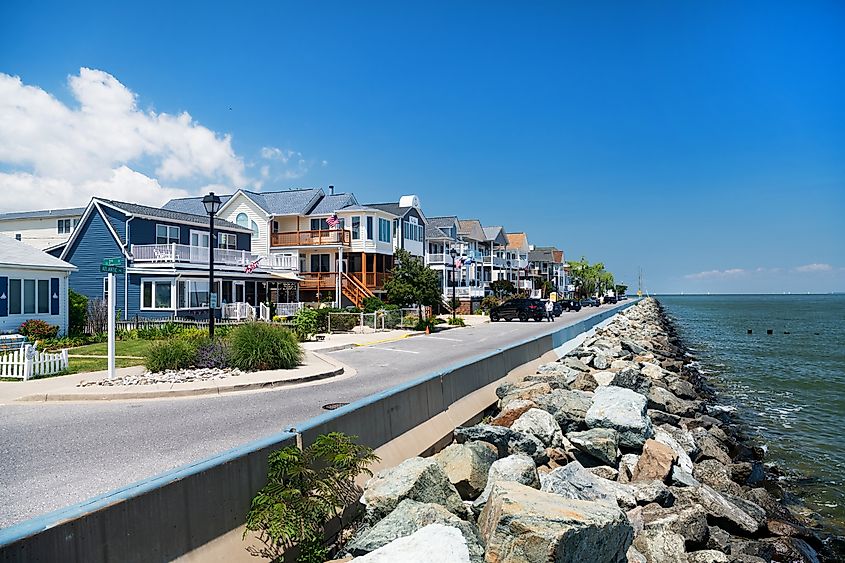
Though North Beach is a newer addition to our list of historic Chesapeake Bay towns (it was founded in the early 1900s), its dedication to preserving history certainly makes it worth mentioning. Known initially as a beach resort, North Beach grew rapidly with the arrival of the Chesapeake Beach Railway in 1900. The Bayside History Museum offers a deep dive into the area’s beach resort past, showcasing exhibits on local life, fishing, and the transformation from a vacation hotspot to a town with over 2,100 permanent residents.
The annual Taste the Beaches event, held in September, commemorates the town’s resort origins, featuring art, food and drink, as well as historic displays that celebrate the Bay’s cultural heritage. The waterfront boardwalk, lined with 20th-century architectural styles and historical markers, offers a pleasant walk along the bay, too.
The Final Word
History and scenic charm intersect in these Chesapeake Bay towns, creating a magnificent opportunity for curious travelers with an interest in the region to immerse themselves in its rich past. Each of these communities provides a look into the Chesapeake’s impact on trade, culture, and coastal life, making them invaluable “living” testaments to the earliest colonies. Visiting these six towns on the Chesapeake Bay will transport you to the past and provide a deeper understanding of early American life.

